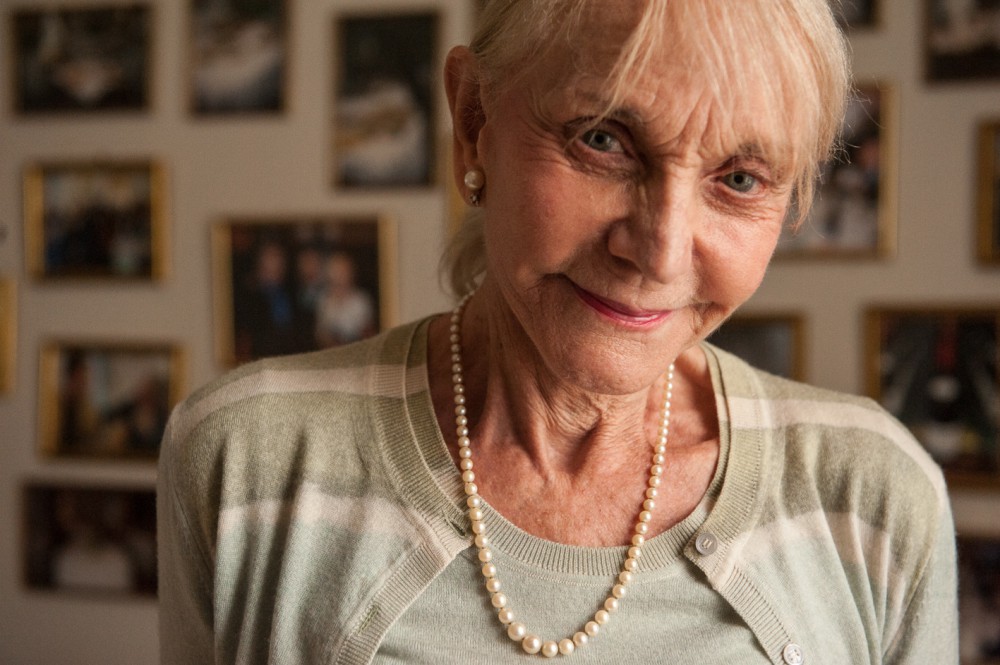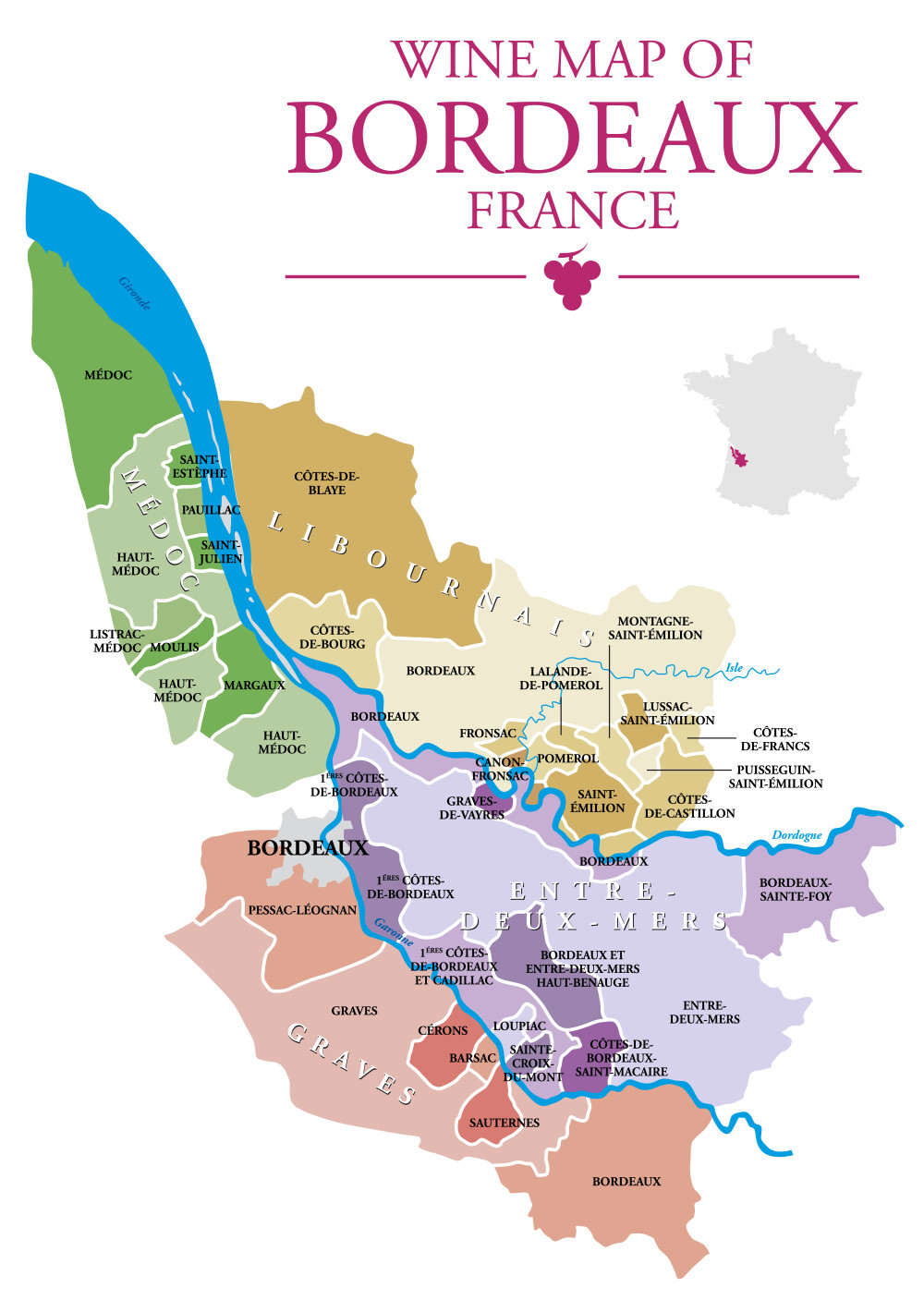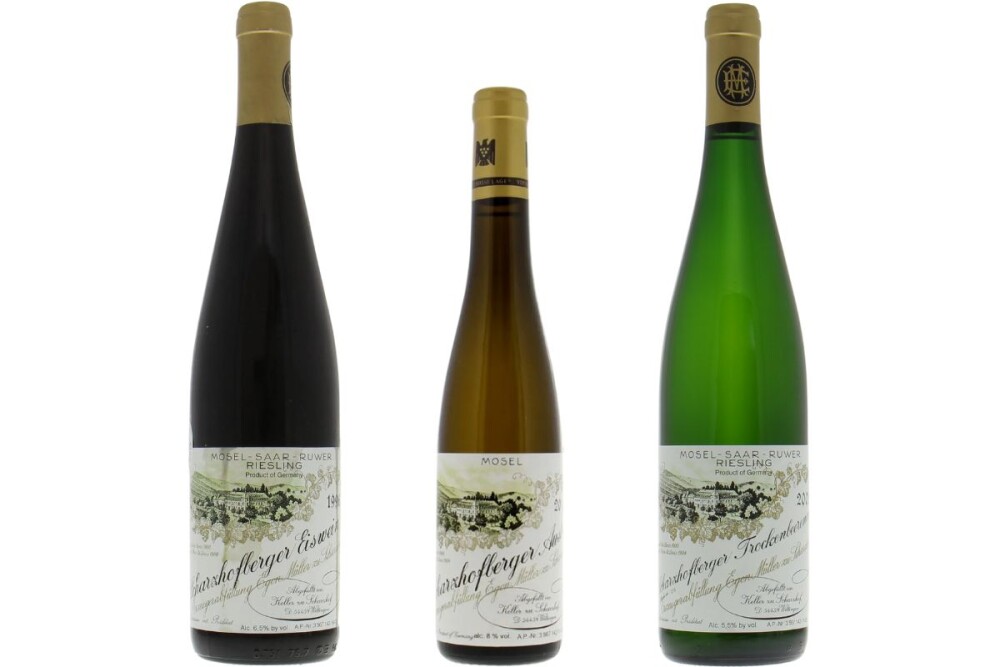Marcelle Bize-Leroy, better known as 'Lalou', is without a doubt one of the most outstanding people in the wine world. And not only because she has been around for so long. Her wines are among the best Burgundy has to offer and are praised by wine lovers all over the world.
Who is Lalou Bize-Leroy
Marcelle 'Lalou' Bize-Leroy was born in 1932 into a wine family on the Côte de Nuits. Her great-grandfather, François Leroy, founded his own trading house, Maison Leroy, in 1868. François' grandson, Henri, was Lalou’s father. The story goes that Henri taught his daughter a love of wine at a very young age by rubbing a few drops of Musigny 1929 over her lips just after Marcelle's birth, like a kind of Burgundian baptism. In 1955, at the age of 23, Lalou joined the family business and in 1971 she took the reigns of Maison Leroy.
Lalou Bize-Leroy and Domaine de la Romanée-Conti
In addition to the trading house Maison Leroy, the Leroy family also owned 50% of Domaine de la Romanée-Conti, and for Lalou it was a second home. Every week she accompanied her father Henri on his visits to the Domaine. And it was no surprise that Lalou became co-gérante of Domaine de la Romanée-Conti in 1974, of course next to Aubert de Villaine who still is the manager today. Under the leadership of De Villaine and Bize-Leroy, the Domaine received an enormous boost in quality - in terms of organic wine-growing methods, among other things - and DRC became what it is today: the crème de la crème. This collaboration came to an end in 1992 due to disagreements between the two gérants. The participation of Aubert de Villaine in the so-called 'Judgement of Paris' - a blind tasting organized by Steven Spurrier in 1976 in which the top French and Californian wines competed against each other and California surprisingly won - would have played a role. However, it is more likely that deeper differences of opinion with regard to the management of the Domaine were at the root of Lalou's departure from the Domaine on 15 January 1992. Lalou Bize-Leroy is still a 25% shareholder in DRC.
Is there a difference between Maison Leroy and Domaine Leroy?
There is indeed a difference between Maison Leroy and Domaine Leroy, both renowned names in Burgundy. Maison Leroy is the trading house that has been in the Leroy family for years. A trading house, négociant in French, buys fruit from winegrowers and makes its own wines. The difference with a domaine is that the latter produces its own wines from its own grapes.
In 1988, Lalou decided to purchase her own vineyards in order to meet the high quality standards she sets for her wines. She bought the vineyards from Charles Noellat in Vosne-Romanée and Philippe Rémy in Gevrey-Chambertin, among others, and thus founded her own Domaine Leroy. Domaine Leroy currently covers 21 hectares of vineyards. Domaine Leroy's portfolio includes famous grands crus such as Le Chambertin, Le Musigny, Richebourg, Romanée-Saint-Vivant and Clos de la Roche, as well as many other grands crus and premiers crus. The wines of Domaine Leroy are among the most sought after and most precious wines in the world.
But that's not all. Lalou started a third wine company in 1988, Domaine d'Auvenay. This domaine was named after her own residence in the hills near Saint-Romain. Although Lalou has only 4 hectares of vineyards here, Domaine d'Auvenay produces wines of superior quality, be it in minuscule quantities. The portfolio includes no less than 5 grand crus: Chevalier-Montrachet, Criots-Bâtard-Montrachet and since 2012 also Bâtard-Montrachet, Bonnes Mares and Mazis-Chambertin.
The Lalou Bize-Leroy philosophy
For decades, Lalou has been a great advocate of biodynamics, based on the principles of Rudolf Steiner. Lalou works from her deep conviction that everything is alive: "the land, the soil, the plants, "... they are just as alive as animals and people ...": the reason that no chemicals enter her vineyards. But biodynamic winemaking goes beyond that, it sees nature as a holistically interconnected system in which astrological knowledge and cosmic influences are used to nurture the vines, restore the land and cultivate the soil. These principles are also reflected in the way in which care and love is given to the vines throughout the year and in the way the wine is made in the cellar. Since September 1988, all vines have been grown according to biodynamic principles and the wines of both Domaine Leroy and Domaine d'Auvenay are now certified biodynamic.
The grapes for the wines of Domaine Leroy and Domaine d'Auvenay are selected by hand and picked in small crates, after which the chilled bunches are brought to the winery. A second rigorous selection takes place there, in order to make sure that only the best grapes are used. Fermentation takes place in large wooden barrels and the wine is matured in new oak barrels. The wines are carefully monitored and selected by Madame Bize-Leroy herself. Remarkably, there is no winemaker or oenologist employed by either domaine: "The grapes are simply perfect and do not need a winemaker", according to Lalou!





